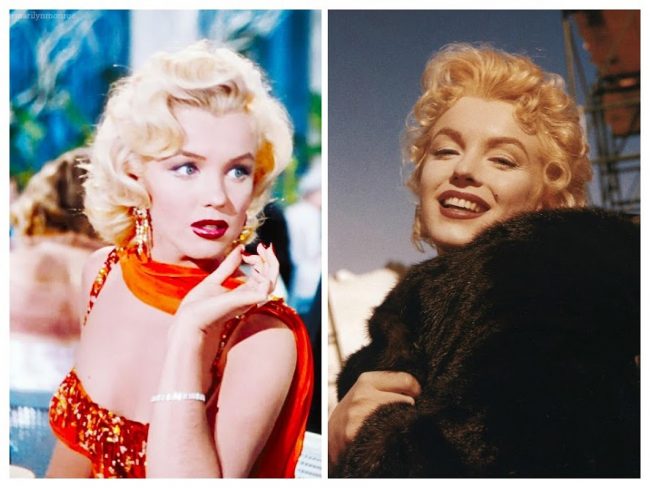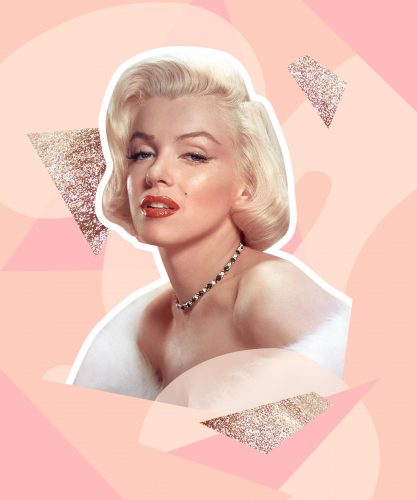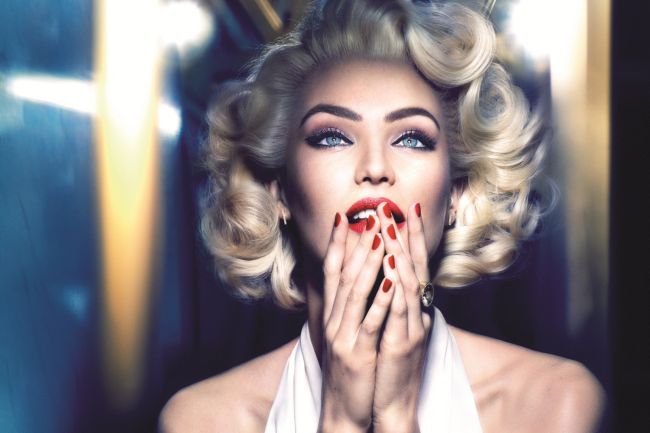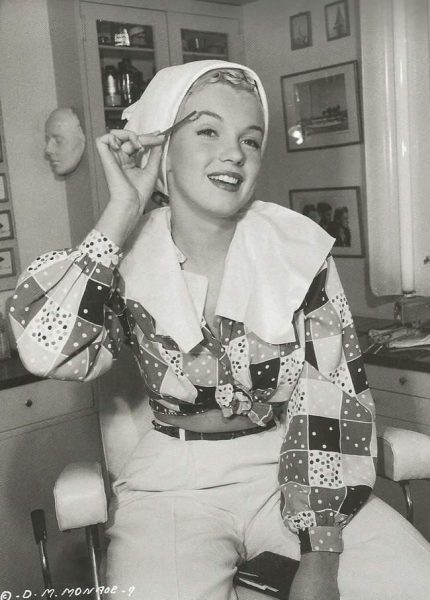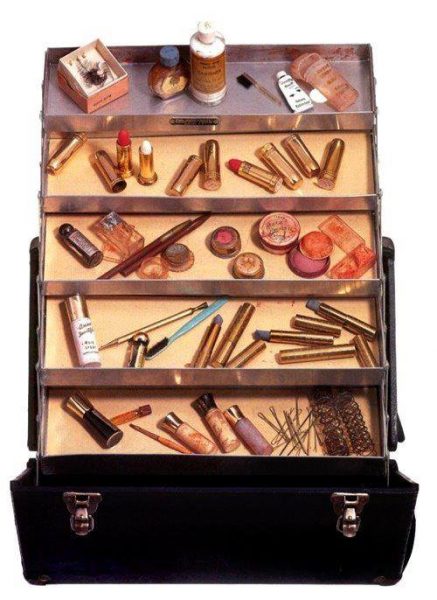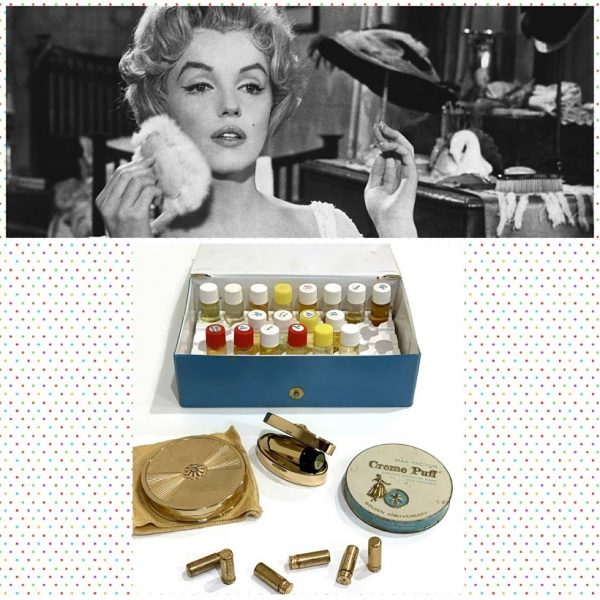
The Makeup Museum will open in New York next May, revealing the beauty secrets of Marilyn and other movie legends and displaying their vintage cosmetics and skincare products, according to the Hollywood Reporter. Tickets will go on sale in March 2020 for the inaugural exhibition, Pink Jungle: Makeup in 1950s America, sponsored by Erno Laszlo, and which will run for six months.
“‘The 1950s is a perfect time period for the Makeup Museum to start with in the debut exhibition, because the 1950s is the birth of the modern cosmetics industry,’ says executive director and co-founder Doreen Bloch. ‘We’re going to be displaying one-of-a-kind items, something consumers have never seen before in public.’ These include personal items (creams, powders and skin pastes) from Monroe and Garbo’s vanities. ‘Marilyn, to me, is still, today — not to overuse this word — such an icon. Gen Z, Boomer, everyone in between knows her. She’s such a special reference point,’ says Bloch.
The museum is using knowledge of Monroe to create a ‘shelfie,’ a showcase of all the products that would have lined her beauty shelf that she might have shared online, if Instagram been around in her day (and if she would have embraced it). ‘What would Marilyn look like, what kinds of brands would she be using?’ wonders Bloch. ‘We have beauty receipts from Marilyn, and that gives a strong historical perspective on the brands she used,’ such as the Max Factor Creme Puff foundation that will be shown.
She adds that even though it’s the Makeup Museum, they are also looking at tangential categories, like skincare, haircare and fragrances. So another item on display is Active Phelityl Intensive Cream, said to have been Monroe’s favorite moisturizer. According to Bloch, a jar of Erno Laszlo cream was found next to Monroe’s death bed, as seen in images from the Los Angeles Police Department taken at the time. ‘Dr. Erno Laszlo created Phormula 3-8 balm specifically for Marilyn to heal an appendectomy scar on her stomach,’ adds Bloch.
‘The ’50s was a time of immense change,’ Bloch says. ‘You have the advent of the color TV, which is game-changing for the makeup industry, where all of a sudden you can actually see the color of Lucille Ball’s lips in I Love Lucy, and how that impacted the sale of cosmetics. You see also how many rules there were at the time for how you were meant to use makeup …’
‘The icons of the day, like Marilyn, Dorothy Dandridge, Greta Garbo, Anna May Wong, were critical in the dissemination of makeup as an acceptable tool,’ she adds. ‘Before the ‘50s, there was a lot of stigma related to wearing a red lip, but that became acceptable because of women onscreen.’ The museum will showcase iconic looks from the era, particularly the cat eye. ‘Different women applied that look in their own way. For example, Marilyn often did a double wing on her lid in terms of the winged eyeliner.'”
